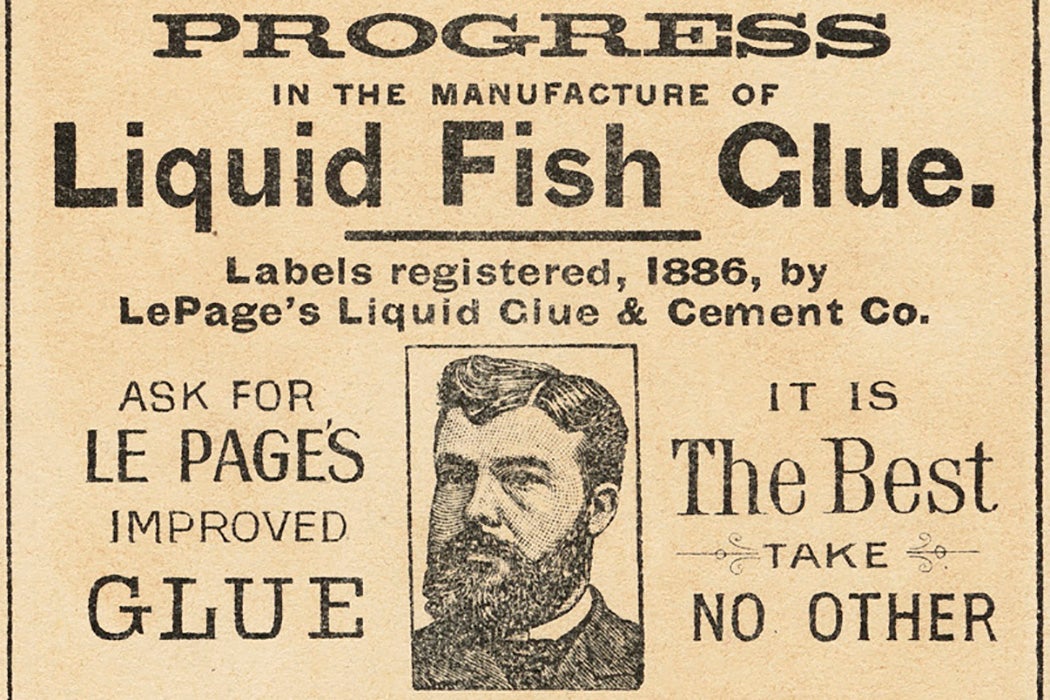Bartender, why is there fish glue in my beer?
Isinglass, also known as fish glue, comes from the membrane of the “sounds” (air/swim bladders) of certain kinds of fish. It has been used for centuries as a fining, or clarifying agent, in alcoholic beverages. Finings remove particles like the yeast used in fermentation. Today, there are other ways of doing this, but isinglass is still being used by some producers of beer, wine, and hard cider.
“Isinglass” comes from the word for “sturgeon bladder” in German and Dutch. As scholar John Scarborough notes, Caspian Sea sturgeon were a prime source of isinglass in the Classical era. Ihthyokolla was a key ingredient in Hellenistic and Roman medicine and pharmacology. A first-century recipe for a plaster for head wounds called for fish glue and ingredients like Eretrian earth, copper flakes, and frankincense. Medieval illuminators used isinglass to glue gold dust to manuscripts, and today, art conservators use it to repair parchment and restore paintings.
A collagen, isinglass can be used as a particularly pure form of gelatin in cooking, for aspics and blancmanges. And there’s nothing “fishy” about its taste. Before refrigeration was possible, it was used for preserving fresh eggs, because it could help prevent bacteria from getting into the eggs and moisture from getting out of them.
But wait, with this miracle fish glue, you also get magic tricks! In the third century, writes Scarborough, “magicians and diviners on the streets of Rome” used it to protect their feet for the old walking-over-hot-coals trick.
It’s unclear who figured out that isinglass could precipitate yeast out of suspension, leaving the resulting brew cloud-free. By 1761, Britain was importing Russian isinglass for making beer at the rate of “£60,000 per Annum,” as Ben Franklin noted in a letter from London. Franklin, quoted by scholar John H. Appleby, went on: “The Porter now so universally drank here, is, I am assured, fined down with Isinglass or Fish Glue…. Of late it has been discovered that Fish Glue is nothing more than the Souns [sounds] of Cod or other Fish extended and dry’d in the Sun.”
Appleby examines the curious career of the man who taught the British how to make their own isinglass from cod and ling. You didn’t need Russian sturgeon. Chemist Humphrey Jackson became a Fellow of the Royal Society in 1772 on the basis of his work on domestic sources of isinglass. His concentrated beer (“inspissated Juice of Malt”)—just add twelve times the amount of water and drink after two or three days—was also good against scurvy, but others beat him to that patent.
Soon after his death in 1801, however, the very same Royal Society was dismissing Jackson as a charlatan and fraud. Jackson had committed a pretty serious offense in a country where one “national beverage” was the dark beer known as porter: he adulterated it, claiming he could brew beer without hops and malt, as if he were some kind of alchemist.
Weekly Newsletter
Isinglass itself does sound rather alchemical, transmuting fish swim bladders, of all things, into crisp, clear white wines, beautiful illuminated manuscripts, and jiggly gelatin desserts.
Who knew, besides vegans?
Support JSTOR Daily! Join our new membership program on Patreon today.







